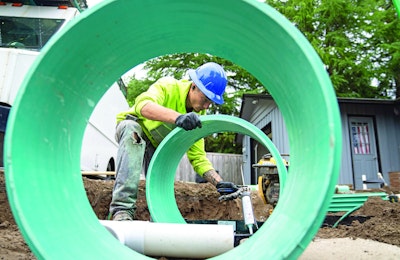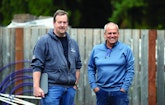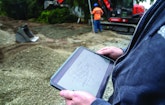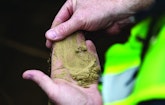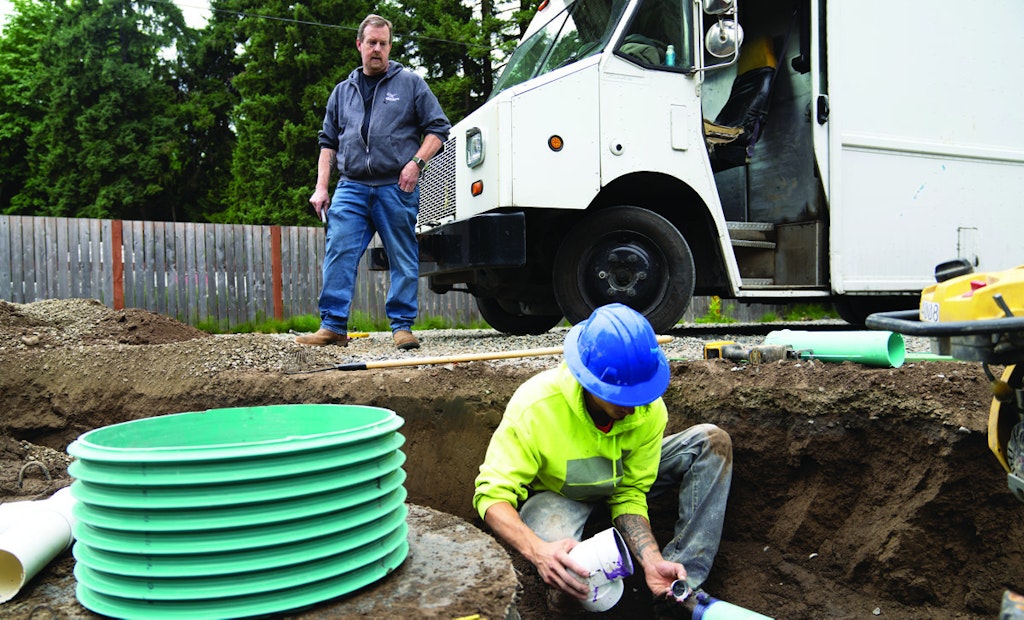
Tom Purdum oversees an OSCAR septic installation he designed in Edgewood, Washington. The installer is Lewis Gregg of A-Bell Excavating of Puyallup, Washington.
It turns out it is possible to have too much ice cream. At least that was the case for Tom Purdum.
Prior to joining the onsite wastewater industry, Purdum owned a small-batch ice cream company, operating two stores and an ice cream truck. It was a suggestion from his brother that...
